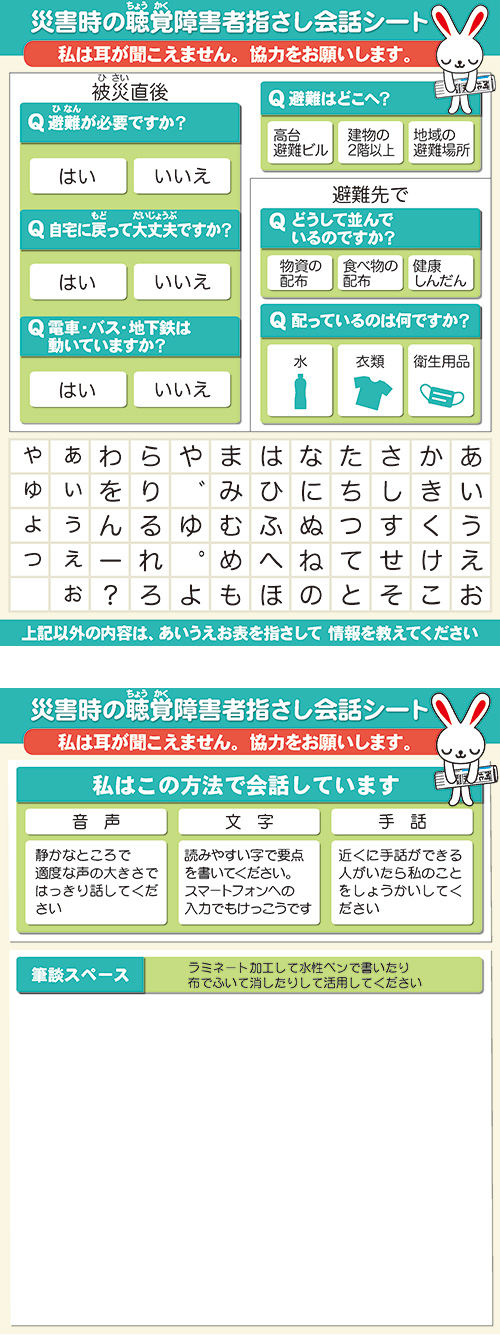Directions for prevention (1) Evacuate before sunset and flooding
Following the Great East Japan Earthquake, there were many nationwide incidents of wind and flood damage, earthquakes, and volcanic eruptions. Along with illustrations showing how we can protect ourselves from natural disasters, one reporter, a disaster prevention expert, explains points of caution in a disaster and actions to protect ourselves against it. (Japanese original by Yoshiki Suto and Yukiko Seto, Disaster prevention expert)

Have you ever watched the news of an approaching typhoon and thought, “I'll wait and see if I need to evacuate…?” Evacuation once flooding occurs is dangerous. We can be swept off our feet even on a familiar road if a manhole cover is floating or be swept away with the force of water. The danger is significantly greater in darkness.
It is not unusual for a typhoon to be approaching at night. In Typhoon 19 which hit Miyagi and Fukushima Prefectures in 2019, a heavy rain emergency warning was issued at night. Make it your aim to evacuate promptly before the situation deteriorates, while it is still light and before the rain becomes heavier.
You may have heard of “evacuation of the elderly, etc.” This signals those requiring more time to relocate, such as the elderly and the disabled, to start evacuating from a dangerous place. If you hear this announcement on TV or on the radio, start to take action by notifying family members and neighbors.
みやぎ地域安全情報
宮城県警 みやぎセキュリティメールより
- 特殊詐欺の予兆電話について(仙台市泉区)
- 架空料金請求詐欺の特殊詐欺注意報(仙台市宮城野区)
- 幼児らに対する容姿撮影事案の発生【太白区】
- 特殊詐欺の予兆電話について(仙台市宮城野区)
- オレオレ詐欺の特殊詐欺注意報(石巻市)
- 特殊詐欺の予兆電話について(仙台市宮城野区)
- 特殊詐欺の予兆電話について(塩竃市)
- 特殊詐欺の予兆電話について(気仙沼市)
- 男子小学生らに対する容姿撮影事案の発生【山元町】
- 女子小学生に対するつきまとい事案の発生【石巻市】
- 特殊詐欺の予兆電話について(大郷町)
- 特殊詐欺の予兆電話について(仙台市宮城野区)
- 特殊詐欺の予兆電話について(東松島市)
- 特殊詐欺の予兆電話について(石巻市)
- オレオレ詐欺の特殊詐欺注意報(大崎市)
- 特殊詐欺の予兆電話について(柴田町)
- 特殊詐欺の予兆電話について(大河原町)
- 特殊詐欺の予兆電話について(白石市)
- 特殊詐欺の予兆電話について(気仙沼市)
- 女子高生に対する下半身露出事案の発生
 朝刊・夕刊
朝刊・夕刊 記事を探す
記事を探す FAQ
FAQ







